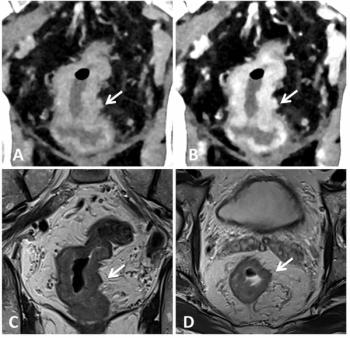
Liver MRI May Help Rule Out, but Not Diagnose Iron Overload
Liver MRI is not accurate enough to definitely identify patients with iron overload.
Magnetic resonance imaging of the liver may help rule out iron overload, but is not accurate enough to definitely identify patients with the condition, according to an article published in the journal
Researchers from Greece sought to determine if using MRI could help identify patients with iron overload and to guide titration of chelation therapy. Their systematic review and meta-analysis was based on patients with hereditary hemochromatosis, hemoglobinopathy and myelodysplastic syndrome.
A total of 20 studies with 819 patients were chosen for the final analysis. The researchers found that sensitivity and specificity values varied greatly, ranging from 0.00 to 1.00 and from 0.50 to 1.00, respectively.
“Due to substantial heterogeneity and variable positivity thresholds, we calculated only summary receiver operating curves (and summary estimate points for studies that used the same MRI sequences). T2 spin echo and T2* gradient-recalled echo MRI sequences accurately identified patients without liver iron overload (liver iron concentration > 7 mg Fe/g dry liver weight) (negative likelihood ratios, 0.10 and 0.05 respectively),” the authors wrote. “However, these MRI sequences are less accurate in establishing a definite diagnosis of liver iron overload (positive likelihood ratio of 8.85 and 4.86 respectively).”
The authors concluded that while the MRI measurements of iron concentration in the liver may be accurate enough to rule out iron overload, the measurements were not accurate enough to definitely identify patients who may be overloaded.
Newsletter
Stay at the forefront of radiology with the Diagnostic Imaging newsletter, delivering the latest news, clinical insights, and imaging advancements for today’s radiologists.



























